After many surveys, recently, Ha Giang Provincial Museum coordinated with the staff of the Institute of Archeology to excavate the old pagoda foundation area (Ba Tu Pagoda) in Bo Cung village, Yen Phu town, Bac Me district according to Decision No. 656/QD-BVHTTDL dated March 13, 2025 of the Ministry of Culture, Sports and Tourism. Ba Tu Pagoda relic is located on a turtle-shaped hill, with open space to the north, east and west, surrounded by the Gam River, and protected by high mountains to the south. This is a beautiful location, suitable for large and important works. Excavation results show that the architectural distribution area is about 2,720 m2. The architectural works are planned into five foundation levels of different scales and heights, in which the central area is divided into three foundation levels, located at the highest level, this may be the area where the main and most important architectural works are concentrated.
In addition, there are two large and lower foundation levels, which can be yards, gardens, and auxiliary works. It can be seen that the relics are distributed over a wide area, with a scientific overall spatial planning, in harmony with the landscape. The architectural vestiges are not deep below the ground, and in some places the architectural vestiges are clearly visible on the surface. Through the excavation pit, it can be seen that the stratum is mainly an architectural leveling layer, with different thicknesses at each location. In the leveling layer, there are many pieces of architectural materials, especially tiles from the early Le and Nguyen dynasties, which are densely packed; some tiles from the Tran dynasty are also in the stratum. In addition, there are many other artifacts such as household utensils (porcelain, glazed ceramics, terracotta, iron nails, bell pieces).
Notably, the architectural remains are stacked on top of each other in many layers, which shows that the architectures have undergone many construction and restoration periods, in which from the early Le Dynasty to the Nguyen Dynasty, the architectural scale was expanded. According to preliminary statistics, there were 12,465 artifacts collected during the excavation process. The artifacts span from the Ly Dynasty to the Tran Dynasty, early Le Dynasty, restored Le Dynasty, and Nguyen Dynasty. Among them, many roofing tiles, decorative bricks, stone pillars, dragon statues, and Bodhi leaves were discovered at high density. Thus, the artifacts collected during the investigation, survey, exploration, and excavation process span a long period with rich materials and diverse types.
Mr. Nguyen Duc Binh, an officer of the Institute of Archaeology, said: Among the relics of the Tran Dynasty, there are some notable pieces of dragon statues, Bodhi leaves, and pieces of towers decorated with coiled dragons and flowers. The dragon is a symbol of the king, symbolizing power. Bodhi leaves and towers are among the symbols of Buddhist ideology. The appearance of these artifacts partly shows the combination of politics and religion, or in other words, the architectural vestiges found are the remains of a pagoda. "During the Tran Dynasty, this pagoda may have been related to the royal court or members of the royal family. With the appearance of a large number of architectural materials, architectural decorations and towers, it is possible to confirm that the architecture was built during the Tran Dynasty, and was still used during the early Le Dynasty, the restored Le Dynasty and the Nguyen Dynasty," Mr. Nguyen Duc Binh emphasized. With an excavation area of only 80 m2 in the total area of about 2,720 m2 of the relic, tens of thousands of artifacts have been discovered, not to mention many artifacts are still being preserved in the excavation pit, this shows great research potential. These will be important documents in studying the history and culture of Bac Me land in particular and Ha Giang province in general.
Mr. Bui Duc Tan, Director of Ha Giang Provincial Museum said: “The excavation gradually revealed some results about the stratigraphy, relics, nature and age of the relic. But that is only the beginning of understanding about Ba Tu Pagoda relic. There needs to be in-depth investigations, on a larger scale, combined with exploration and excavation at many different locations to verify the spatial scope of the relic, the scale of the architectural units”.
Along with the research and excavation process, it is necessary to have a plan to compare and connect the Ba Tu pagoda relic in the overall archaeological relics dating from the Tran Dynasty to the Nguyen Dynasty in the Ha Giang area and neighboring areas. From there, the nature and age of the relic, as well as the role and position of this land in the context of the country in the 13th and 14th centuries and later periods in history, can be determined. After excavation, the relic is located right on the ground, not covered or protected, and is at high risk of being damaged by construction and farming activities of the people.
Therefore, the relevant authorities need to have a plan to protect the current status, especially the local authorities need to propagate to the people to understand the value of the relic, thereby raising awareness of protection, conservation, and preservation to avoid destroying the relic or losing the relic. Mr. Ma Van Toe, Vice Chairman of the People's Committee of Bac Me district said: "From the archaeological excavation of Ba Tu pagoda, besides the scientific and historical significance that confirms that this place used to be the center of Buddhism in the region, this relic also opens up opportunities to develop spiritual and cultural tourism for the highland district of Bac Me. If carefully researched, restored and properly preserved, this place can become an attractive destination, helping the locality attract tourists and develop a sustainable economy."
Source: https://nhandan.vn/dau-tich-ngoi-chua-co-giua-dai-ngan-bac-me-post885141.html








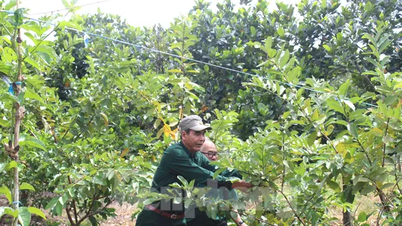

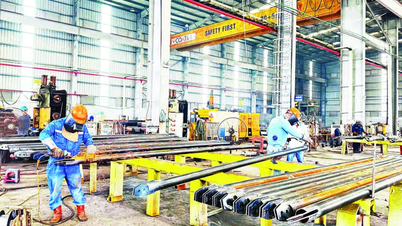
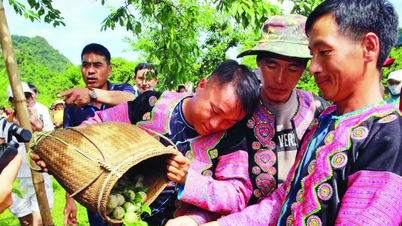

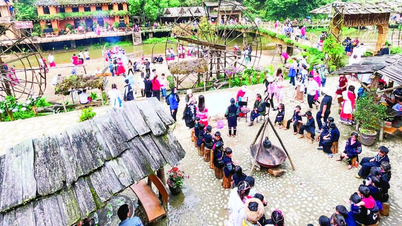
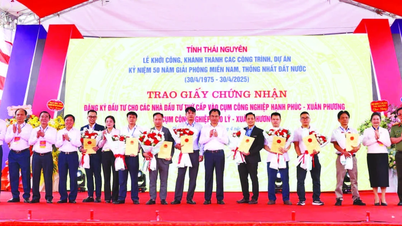




![[Video] Journalist Ly Thi Trung: a life devoted to revolutionary journalism](https://vphoto.vietnam.vn/thumb/402x226/vietnam/resource/IMAGE/2025/6/8/f66d85bab27c4ca281f97ffd774b66fc)


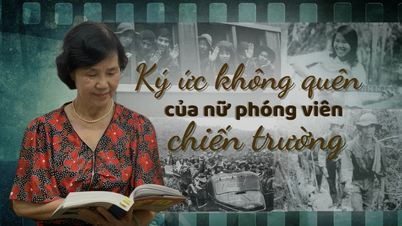
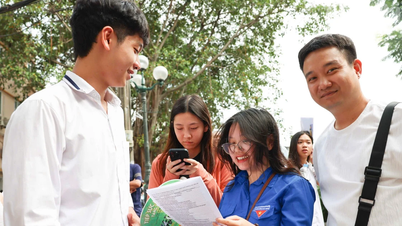
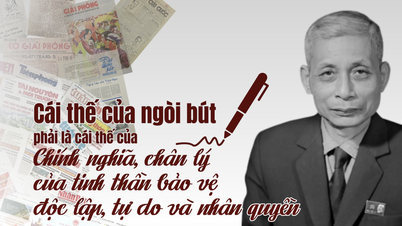















































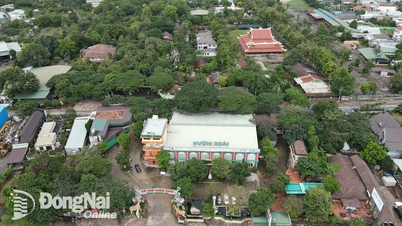
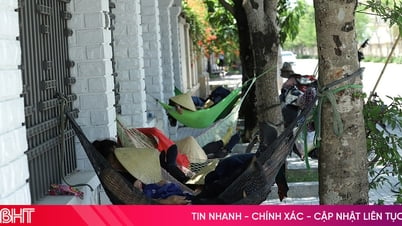

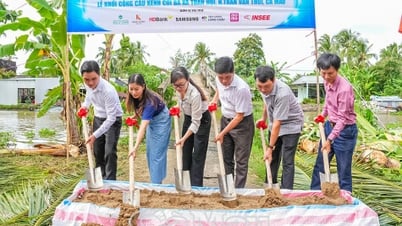

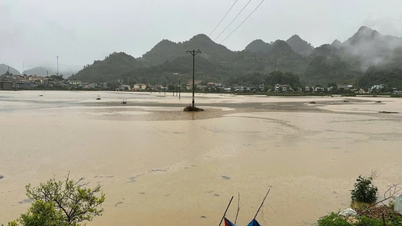










![[OCOP REVIEW] Tu Duyen Syrup - The essence of herbs from the mountains and forests of Nhu Thanh](https://vphoto.vietnam.vn/thumb/402x226/vietnam/resource/IMAGE/2025/6/5/58ca32fce4ec44039e444fbfae7e75ec)




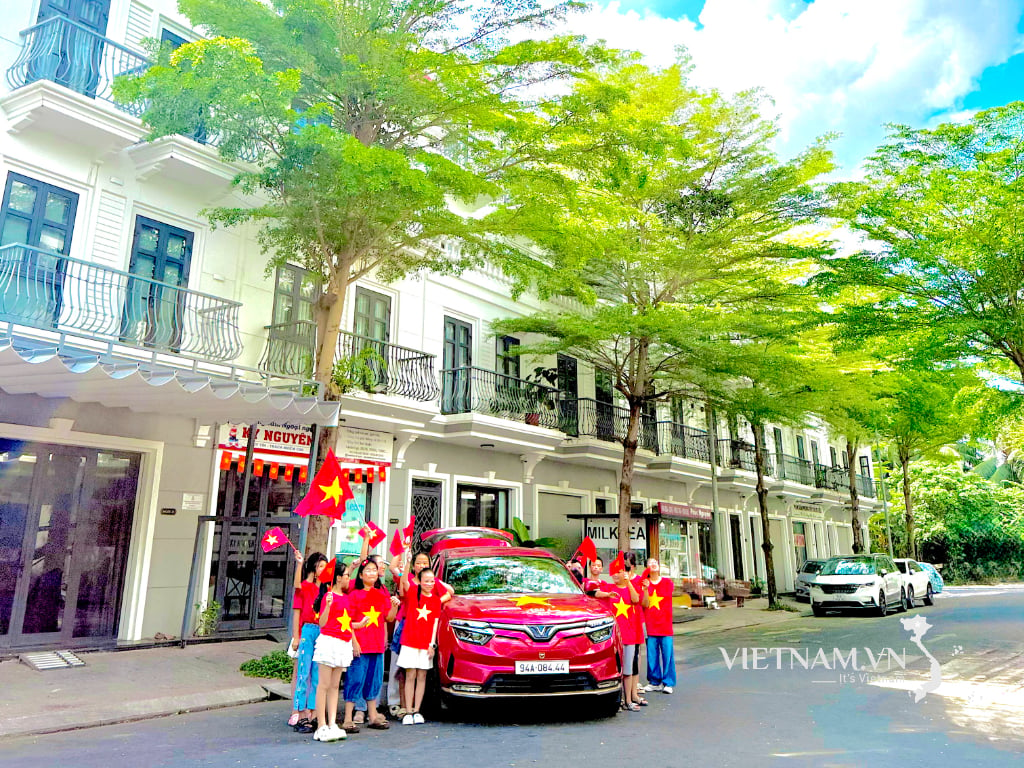

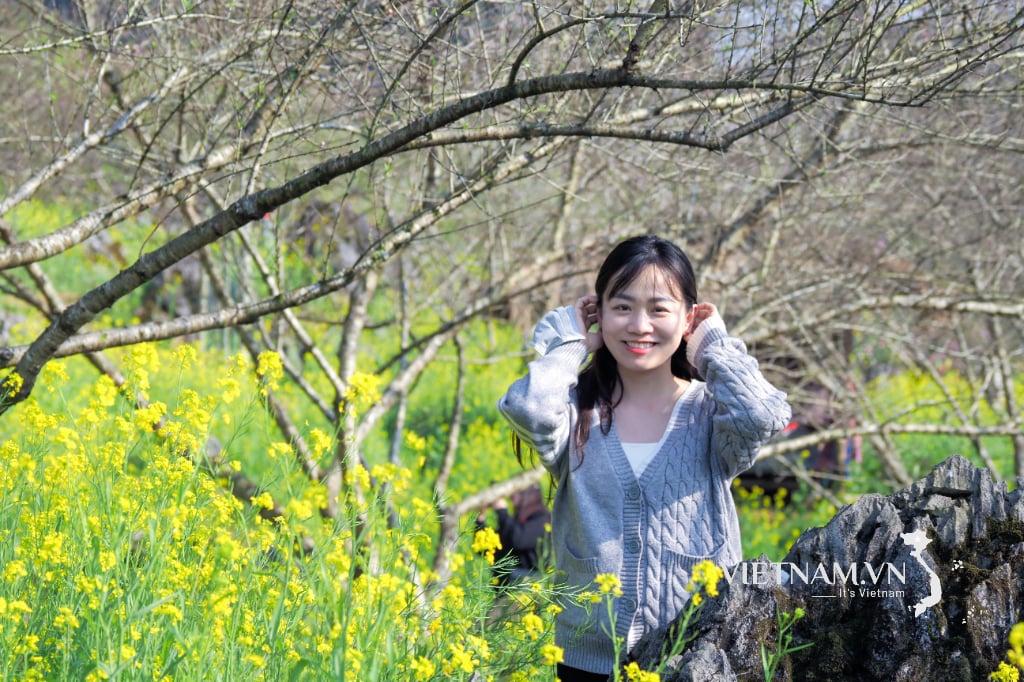
Comment (0)